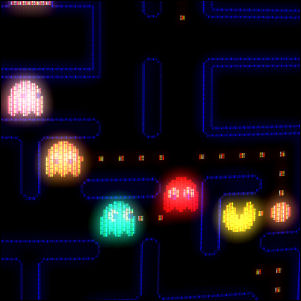 Under license from Namco, the game’s Japanese originators, Midway Manufacturing introduces the obsession that is Pac-Man to American arcades. Titled Puck-Man in its homeland (due to the yellow character’s resemblance to a round hockey puck), Midway swaps vowels for fear that vandals will turn the letter P into an F on the arcade cabinets. With its cute characters and instinctive game play, Pac-Man catches on immediately, propelling the video game industry into overdrive.
Under license from Namco, the game’s Japanese originators, Midway Manufacturing introduces the obsession that is Pac-Man to American arcades. Titled Puck-Man in its homeland (due to the yellow character’s resemblance to a round hockey puck), Midway swaps vowels for fear that vandals will turn the letter P into an F on the arcade cabinets. With its cute characters and instinctive game play, Pac-Man catches on immediately, propelling the video game industry into overdrive. ![]()

 A musical ode to video gaming starts climbing the charts as Buckner & Garcia issue their single Pac-Man Fever (a full album, filled out with other video game tribute songs, will follow in 1982). Shortly before the album’s release, the “Pac-Man Fever” single peaks in the Billboard Hot 100 at #9, having sold over a million copies.
A musical ode to video gaming starts climbing the charts as Buckner & Garcia issue their single Pac-Man Fever (a full album, filled out with other video game tribute songs, will follow in 1982). Shortly before the album’s release, the “Pac-Man Fever” single peaks in the Billboard Hot 100 at #9, having sold over a million copies.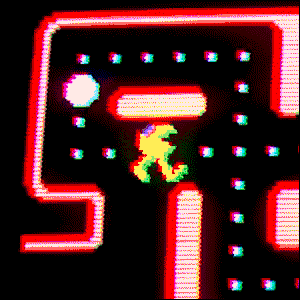 General Computer Corp., a small company making “grey market” modification kits to freshen up Pac-Man and Missile Command arcade games, cuts a deal with Midway, the American licensee for Pac-Man, handing over the code to its Pac-Man modification kit Crazy Otto. Midway contracts GCC to continue work on the kit, but now under license. The first thing to go are the kit’s name and its modified Pac-Man character, who now has legs. A few changes and a few months later, the game’s central character has no legs, but will now sport lipstick and a pink bow, as Midway prepares to officially release the new game as an authorized Pac-Man sequel, Ms. Pac-Man – amazingly good luck for a small business that could just as easily have been sued into oblivion.
General Computer Corp., a small company making “grey market” modification kits to freshen up Pac-Man and Missile Command arcade games, cuts a deal with Midway, the American licensee for Pac-Man, handing over the code to its Pac-Man modification kit Crazy Otto. Midway contracts GCC to continue work on the kit, but now under license. The first thing to go are the kit’s name and its modified Pac-Man character, who now has legs. A few changes and a few months later, the game’s central character has no legs, but will now sport lipstick and a pink bow, as Midway prepares to officially release the new game as an authorized Pac-Man sequel, Ms. Pac-Man – amazingly good luck for a small business that could just as easily have been sued into oblivion. Midway releases
Midway releases 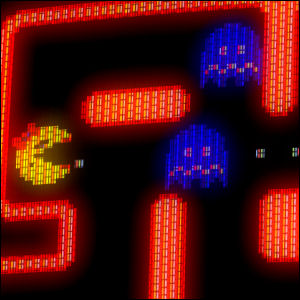 Midway delivers the long-anticipated sequel to Pac-Man to eager arcade operators.
Midway delivers the long-anticipated sequel to Pac-Man to eager arcade operators. 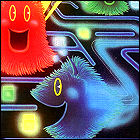 In a federal court hearing in Chicago, Atari and Midway – as the American licensees of Pac-Man – are victorious over Magnavox, whose
In a federal court hearing in Chicago, Atari and Midway – as the American licensees of Pac-Man – are victorious over Magnavox, whose  After an extremely short development period and industry insider warnings that the finished product wasn’t ready for prime time,
After an extremely short development period and industry insider warnings that the finished product wasn’t ready for prime time, 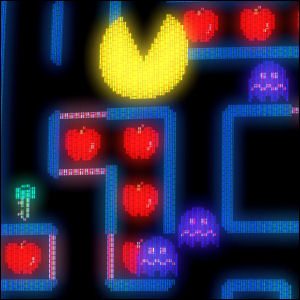
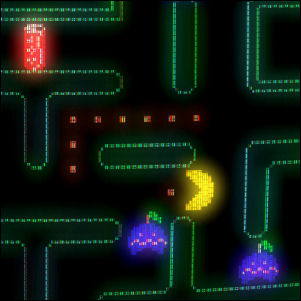 Still trying to stem the tide of bootleg copies of Pac-Man in American arcades, Midway releases the coin-op conversion kit
Still trying to stem the tide of bootleg copies of Pac-Man in American arcades, Midway releases the coin-op conversion kit 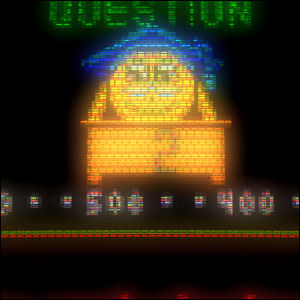
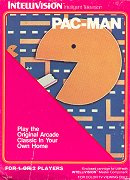 Atarisoft, an Atari imprint that ports the company’s games (or licensed properties) to competitors’ hardware, reveals its
Atarisoft, an Atari imprint that ports the company’s games (or licensed properties) to competitors’ hardware, reveals its 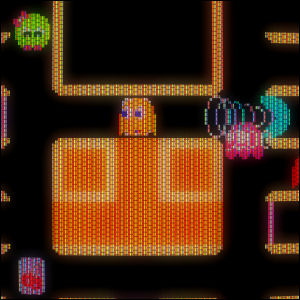
 Atari, under its Atarisoft imprint, releases the
Atari, under its Atarisoft imprint, releases the 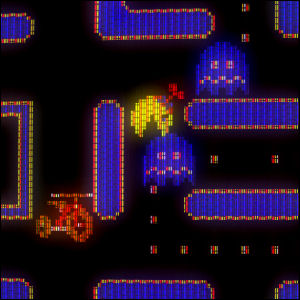
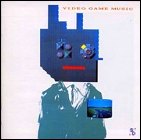 Scitron Digital releases
Scitron Digital releases 

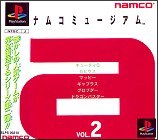

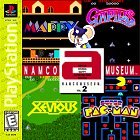

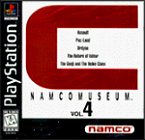
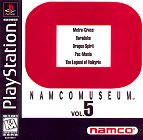
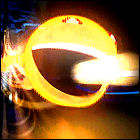 The enigmatically titled internet short film
The enigmatically titled internet short film 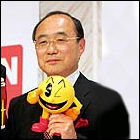 Masaya Nakamura, the founder of pioneering Japanese video game maker
Masaya Nakamura, the founder of pioneering Japanese video game maker